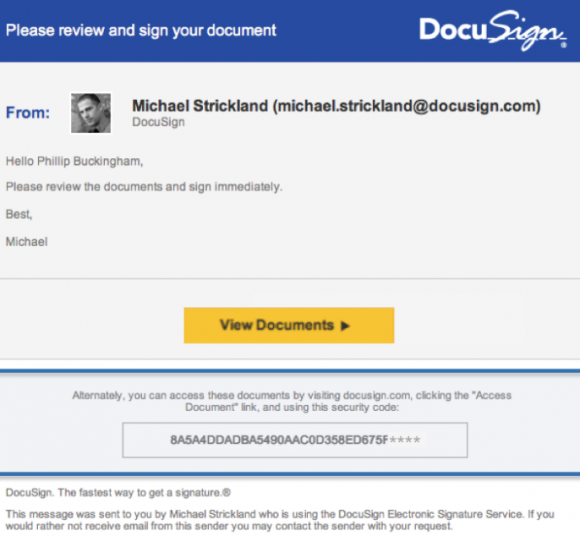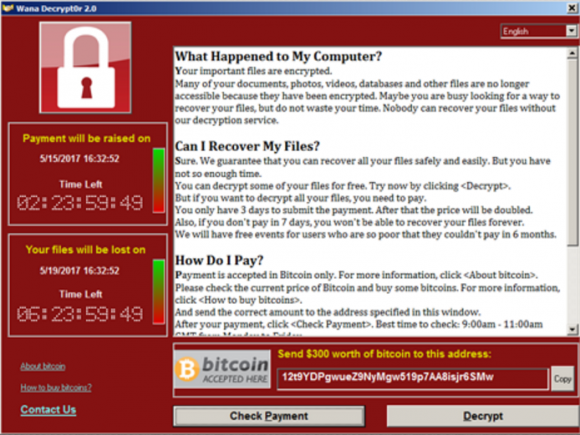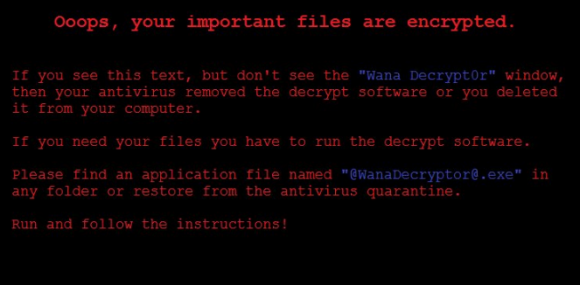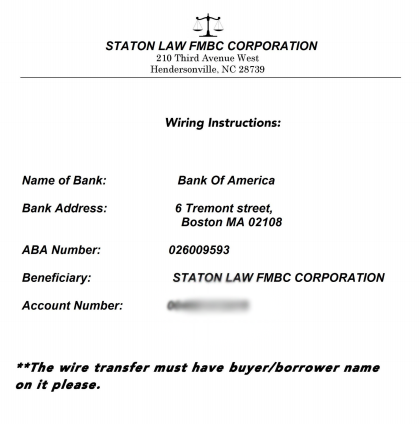Identity thieves who specialize in tax refund fraud had big help this past tax year from Equifax, one of the nation’s largest consumer data brokers and credit bureaus. The trouble stems from TALX, an Equifax subsidiary that provides online payroll, HR and tax services. Equifax says crooks were able to reset the 4-digit PIN given to customer employees as a password and then steal W-2 tax data after successfully answering personal questions about those employees.
In a boilerplate text sent to several affected customers, Equifax said the unauthorized access to customers’ employee tax records happened between April 17, 2016 and March 29, 2017.
Beyond that, the extent of the fraud perpetrated with the help of hacked TALX accounts is unclear, and Equifax refused requests to say how many consumers or payroll service customers may have been impacted by the authentication weaknesses.

Equifax’s subsidiary TALX — now called Equifax Workforce Solutions — aided tax thieves by relying on outdated and insufficient consumer authentication methods.
Thanks to data breach notification laws in nearly all U.S. states now, we know that so far at least five organizations have received letters from Equifax about a series of incidents over the past year, including defense contractor giant Northrop Grumman; staffing firm Allegis Group; Saint-Gobain Corp.; Erickson Living; and the University of Louisville.
A snippet from TALX’s letter to the New Hampshire attorney general (PDF) offers some insight into the level of security offered by this wholly-owned subsidiary of Equifax. In it, lawyers for TALX downplay the scope of the breach even as they admit the company wasn’t able to tell exactly how much unauthorized access to tax records may have occurred.
“TALX believes that the unauthorized third-party(ies) gained access to the accounts primarily by successfully answering personal questions about the affected employees in order to reset the employees’ pins (the password to the online account portal),” wrote Nicholas A. Oldham, an attorney representing TALX. “Because the accesses generally appear legitimate (e.g., successful use of login credentials), TALX cannot confirm forensically exactly which accounts were, in fact, accessed without authorization, although TALX believes that only a small percentage of these potentially affected accounts were actually affected.”
ANALYSIS
Generally. Forensically. Exactly. Potentially. Actually. Lots of hand-waving from the TALX/Equifax suits. But Equifax should have known better than to rely on a simple PIN for a password, says Avivah Litan, a fraud analyst with Gartner Inc.
“That’s so 1990s,” Litan said. “It’s pretty unbelievable that a company like Equifax would only protect such sensitive data with just a PIN.”
Litan said TALX should have required customers to use stronger two-factor authentication options, such as one-time tokens sent to an email address or mobile device (as Equifax now says TALX is doing — at least with those we know were notified about possible employee account abuse).
The big consumer credit bureaus like Equifax, Experian, Innovis and Trans Union are all regulated by the Fair Credit Reporting Act (FCRA), which strives to promote accuracy, fairness and privacy for data used by consumer reporting agencies. But Litan said there are no federal requirements that credit bureaus use stronger authentication for access to consumer data — such as two-factor authentication.
“There’s about 500 percent more protection for credit card data right now than there is for identity data,” Litan said. “And yet I don’t know of one document from the federal government that spells out how these credit bureaus and other companies have to protect PII (personally identifiable information).” Continue reading









 Last week, Google security researchers
Last week, Google security researchers  A week ago I heard from Troy Mursch, an IT consultant based in Las Vegas. A big fan of proactive medical testing, Mursch said he’s been getting his various lab results reviewed annually for the past two years with the help of a company based in Frisco, Texas called True Health Diagnostics.
A week ago I heard from Troy Mursch, an IT consultant based in Las Vegas. A big fan of proactive medical testing, Mursch said he’s been getting his various lab results reviewed annually for the past two years with the help of a company based in Frisco, Texas called True Health Diagnostics. In
In 
